While the immune-mediated condition known today as immunoglobulin G4-related disease (IgG4-RD) was mentioned in the medical literature of the 1890s, when it was considered a manifestation of Mikulicz’s disease, it was not recognized as a unique condition until 2003. Since then, groundbreaking research has furthered the understanding of IgG4-RD, leading to this year’s U.S. Food and Drug Administration approval of inebilizumab for the treatment of adults living with the disease.

“Only in the last 18 years or so has this disease flown into full light, and we realize it is a multi-organ, autoimmune disease that has a predilection for glands,” said John Stone, MD, MPH, noting that IgG4-RD also has a predilection for blood vessels.
Dr. Stone, Professor of Medicine at Harvard Medical School and the Edward A. Fox Chair in Medicine at Massachusetts General Hospital, traced the history of IgG4-RD and outlined current treatments and ongoing investigation into the disease in the Philip Hench Memorial Lecture at ACR Convergence 2025 on Tuesday. The lecture honors a rheumatology pioneer who received the Nobel Prize in Physiology or Medicine in 1950 for his work on the use of glucocorticoids in the treatment of rheumatoid arthritis.
“When you think about the impact that that man and his collaborators had, even certainly very much down to the present day, it is truly staggering,” Dr. Stone said.
Rheumatologists have relied on steroids to treat their patients, including those with IgG4-RD, for years, and there are currently about 50 million chronic steroid users worldwide. Yet the burden of steroid toxicity persists, along with the failure of steroids to lead to long-term disease remissions without ongoing therapy.
“It is the challenge of the current generation of rheumatologists to find better things,” Dr. Stone said. “And I daresay we’re doing that.”
Progress in IgG4-RD treatment is proof positive.
In a multicenter, randomized, double-blind, placebo-controlled trial of inebilizumab, a monoclonal antibody that depletes CD19-positive B cells, 90% of patients with IgG4-RD in the inebilizumab group were able to stop steroids successfully, compared to 37% in the comparison group.
Results of a phase 3 trial of another drug,obexelimab, are expected in the coming months. The molecule binds to CD19, like inebilizumab, and to an Fc gamma receptor on the B cell.
“When those two targets are ligated together, the cell is downregulated,” Dr. Stone said. “It’s really a very elegant mechanism.”
Additional phase 3 trials are investigating approaches to B cells, including rilzabrutinib, a Bruton’s tyrosine kinase (BTK) inhibitor, and ACE1831, a cell-based therapy designed to deplete B cells.
The diverse manifestations of IgG4-RD have the same pathology, Dr. Stone said, listing lymphoplasmacytic infiltrate, storiform fibrosis, and obliterative phlebitis. Yet there is no diagnostic pathology for the disease.
“The buck stops with us, the clinicians,” he said. “We have to make the diagnosis based on the clinical features, the serological evidence, the radiology data, and the pathology findings.”
However, IgG4-RD mimics cancer, where pathology takes center stage in making a diagnosis. The vast majority (80%–90%) of patients living with IgG4-RD are told they have cancer before receiving the correct diagnosis, Dr. Stone reported.
Importantly, IgG4-RD is also indolent, making it all the more damaging.
“It is the indolence that makes it so dangerous because the patient has the disease for months or even years before it is recognized that he or she is sick,” Dr. Stone explained. “This is the thing that leads to great organ damage.”
The past decade has seen significant advances in B cell therapy for IgG4-RD and understanding of the genetic contributions to the disease. Dr. Stone noted that the primary B cell role is believed to be presenting antigens to CD4-positive cytotoxic T cells, which in turn elaborate fibrogenic mediators and cause tissue fibrosis and injury.
At the same time those B cells are activating the T cell, other T cells are activating B cells to undergo the class switch to produce IgG4.
“We believe that the IgG4 elevation, which can be so striking and useful as a diagnostic and longitudinal biomarker, is actually a failing counterregulatory mechanism,” Dr. Stone explained. “It’s trying to downregulate the primary immune response, perhaps by soaking up loose antigens. And it’s failing to do so. And so, it gets higher and higher and higher in the peripheral blood until an effective therapy is administered. And then finally it falls.”
Dr. Stone concluded his lecture by highlighting the IgG4ward! Foundation, which launched at ACR Convergence 2023. He is a Founder and Executive Chairman for the organization.
“We are continuously updating with information for patients and physicians,” he said. “We need to be working toward earlier diagnosis, a greater ability to predict disease flares, and to understand, ultimately, the antigenic driver of the condition.”
Recorded sessions at ACR Convergence 2025, including the Hench Lecture, are available on demand to all registered meeting participants through October 31, 2026, by logging in to the meeting website.
Don’t Miss a Session

If you weren’t able to make it to a live session during ACR Convergence 2025 — or you want to revisit a session from the annual meeting — make plans to watch the replay. All registered participants receive on-demand access to scientific sessions after the meeting through October 31, 2026.
